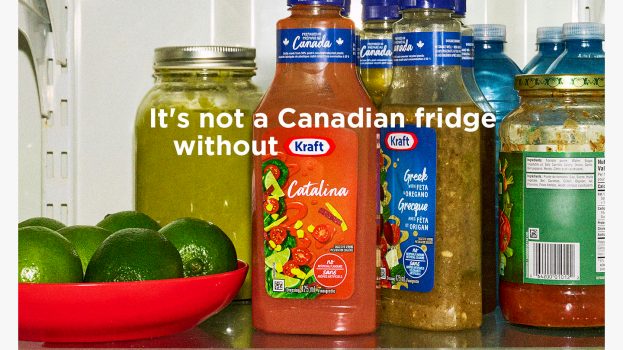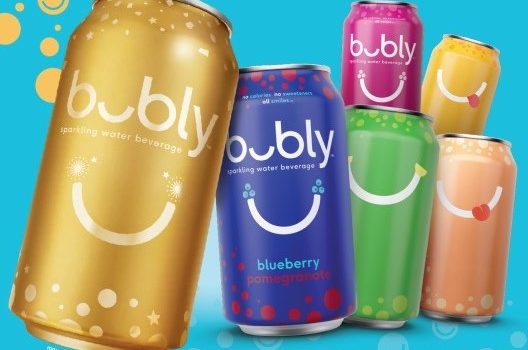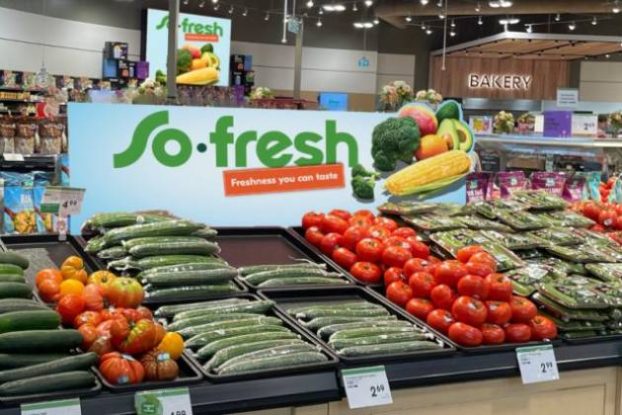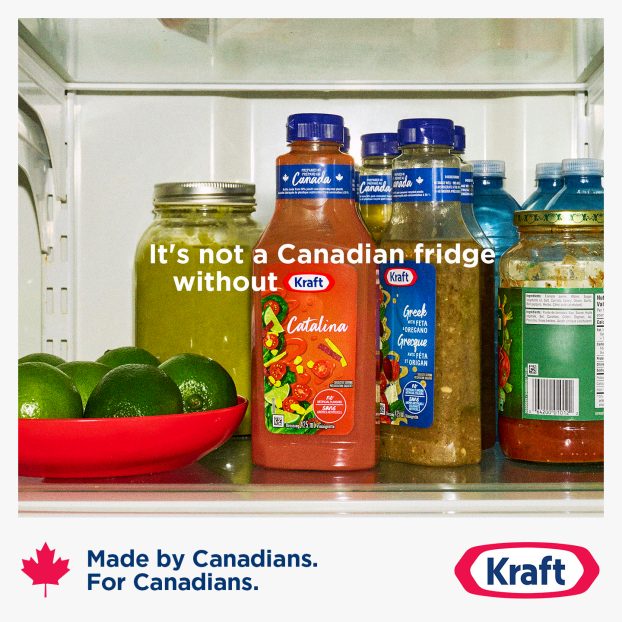You are reading a story from Strategy’s Shopper Marketing Report, which covers the retail partnerships, in-store programs and consumer insights brands are utilizing to influence consumers at the shelf. To have the stories delivered to your inbox every other Wednesday, subscribe to the newsletter.
Greenhouse Juice is using its DTC channels to give some love to local brands and food companies challenged by distribution losses and retail closures – forces it hasn’t been immune to, though some surprising in-retail pivots have helped meet changing demand.
The organic, plant-based beverage maker has launched Plant Pantry as a section on its own ecommerce site, which hosts healthy, sustainable goods from local businesses, delivered to consumers. They range from honey, granola and spice brands to oats, flax seeds, lentils and frozen fruits from its own suppliers. Telly Carayannakis, Greenhouse’s director of marketing, says the store is a “modest” way to support local businesses, especially those in the tight-knit food and restaurant business, which are suffering thanks to COVID-19.
“While Greenhouse’s beverages are always organic and bottled in glass, we did not want to limit our partners in those two areas, as that would have made for a very scant and pricey pantry,” Carayannakis says. “Our own bottled products are still the majority of our sales, but our customers have welcomed the opportunity to round out their baskets with the items they might be missing from their pantry or fridges.” The partner brands are sourced primarily from the company’s home base in the Greater Toronto Area, with a few from Quebec and elsewhere in Canada.
With the rise in at-home baking and many stores completely out of flour, he says local flour brands in particular have filled a need for Greenhouse shoppers, as have frozen fruit stocked “from its own organic pantry”, as the website says, a product category for smoothies and banana bread that grocery stores are rationing.
While Greenhouse got its start in physical retail, but has been selling DTC since launching an online business in 2014.
And since the start of the pandemic, “e-commerce has been a bright spot for us and many other companies, with customers choosing to stock up in a contactless way,” Carayannakis says. Like most retailers, Greenhouse has had to close most of its owned retail stores, though a few remain open operating as delivery and pick-up hubs.
According to Carayannakis, offering the new range of products through ecommerce ties back to the brand’s vision to make high-quality, plant-based nutrition and wellness as accessible as possible.
Getting the word out about the new Plant Pantry means a mix of marketing on owned channels and its partners’ channels, as well as organic shares and recently started paid digital.
The target, is, first and foremost, Greenhouse’s existing customers, and Carayannakis hopes the frequency and immediacy of its next day deliveries will differentiate it from the many other businesses that are pivoting to similar offerings.
With Greenhouse’s core business, Carayannakis says he is seeing interesting forces at play in grocery. Shoppers, he says, are going in on a mission, limiting the number of trips per week and the time they want to spend in store. As a result, Carayannakis says, “for the first time in a long time, they’re gravitating towards the center of the store where they can get shelf-stable or frozen goods instead of the perimeter, where fresh produce and other shorter shelf life products like ours are located.”
While the declining perimeter traffic is affecting Greenhouse’s business, he says there is still a desire for health and wellness, especially for functional, nutrient-dense products, which has driven growth in some of Greenhouse’s categories.
“We’ve seen some retailers realize that health-focused products are increasingly relevant in the ‘impulse’ lane at this time,” he adds. “They’ve put our juices and booster shots along their checkout lineups and have seen very strong lifts. When people are uncomfortably waiting in line to get out of the grocery store as fast as possible, health and wellness is definitely more top of mind than small delights, which a checkout lane filled with chocolate and candy typically caters to.”
Carayannakis also says the brand is impressed by its grocery partners’ flexibility and dedication to meeting consumer needs during this crisis. He praised Farmboy, which was able to turn around the execution of new point-of-sale material in a matter of days for products like Greenhouse’s Fiery Ginger booster shots, which he says have found increased relevance during the pandemic.
Greenhouse had its first Canada-wide campaign – set to include online, out-of-home and in-store elements – slated to go live this quarter, which has been benched along with in-store programs.
“Over the last year we’ve been moving away from thinking about ‘sampling’ as a priority in and of itself and taking a step back to focus more holistically on trial,” Carayannakis says. For now, Greenhouse has put its traditional sampling plans on hold and is exploring other vehicles for trial that minimize risk factors for virus transmission, though the brand has not worked with DTC sampler companies, due to the product’s shelf stability, as well as the logistics of shipping full bottles.

























